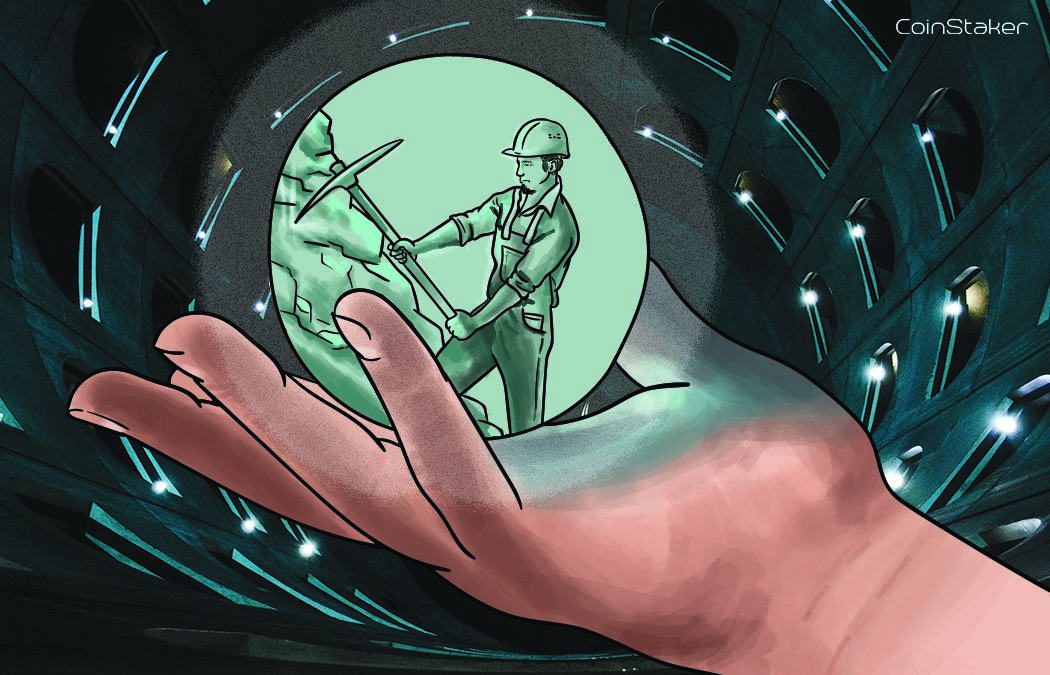
Have you ever wondered what would happen when the last bitcoin was mined?
The idea, which got so many people and companies around the world interested in crypto, was that it had a limit. There would be an x amount of coins produced and banks or governments, could not resort to endless money printing and debt creation the same way they do with fiat.
This gave people hope, hope for a better and more secure financial future. A future where you are in charge of your own savings, where the government and banks cannot print a billion more new paper notes and makes your hard earned money worthless. This is what got so many people so interested in crypto and blockchain in the first place.
Earlier this year, Bitcoin mined the 17th million coin. This means that there are “only” 4 million coins to mine. The last bitcoin or the 21 million BTC cap will not be reached for a while though. In fact, most people alive today, probably would live to see that day. This is mainly due to the fact that mining gets increasingly move difficult as more miners start using the pool. Additionally, the reward for mining is also reduced by 50% every 210 000 blocks.
Currently miners receive 12.5 BTC for unlocking a new block. If we take a look at the next reward reduction, we’ll notice that it’ll take place in May 2020, making the effective reward 6.25 BTC. If things keep up with their current pace and some sort of incredible mining technology isn’t invented, the cap would be reached around 2140, which is 122 years from now. This is mind blowing, considering that around 80% of total coins were mined in about 9 years.
Most of us won’t live to see the last bitcoin get mined
So that naturally leaves us wondering what happens when the last bitcoin is mined. When the last bitcoin in existence is mined, there will be no more rewards for miners. This doesn’t mean that the blockchain will shut down, because transactions will still need validation and a place to be stored. When there are no more coins all the benefit will come from transactions. When there’s a higher fee, there is more incentive for the miners to prioritize and include it in a block. This can generally be the essence of miners in the next 100 years where there are no more coins to be mined.
There is however, a very large time gap between now and the time BTC will be depleted. If we look at how much has happened since the coin was created 10 years ago, it’s safe to assume that the amount of possibilities is endless.
Lightning Network can play a huge role if it’s integrated within the next few years and the second layer of solutions it provides for the Bitcoin blockchain could be paramount. The lightning network will allow users to open multiple payment channels between the blockchain and themselves. This will allow for the channel to remain open and recorded, but all transactions will be done off the chain until the channel is closed. To simplify, this means that users are depositing bitcoin into the channel and conduct transactions based on a promise of ownership. When the channel is closed, users take their proportion of the total sum and all record is transferred to the blockchain.

This offers interesting implications for future miners if transaction fees are their only incentive. If the lightning network reaches mass adoption, this could limit the number of recorded transactions. However, with the rate innovations and technology develops, it’s pretty safe to say that the Bitcoin Core devs will have most likely solved the problem by then.

You can also check out:
The post Last Bitcoin: The Aftermath of All Bitcoins Being Mined appeared first on CoinStaker | Bitcoin News.



